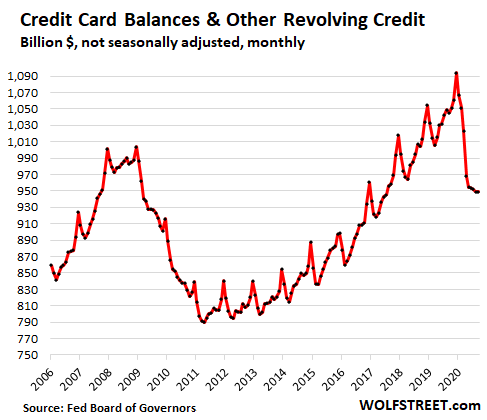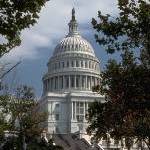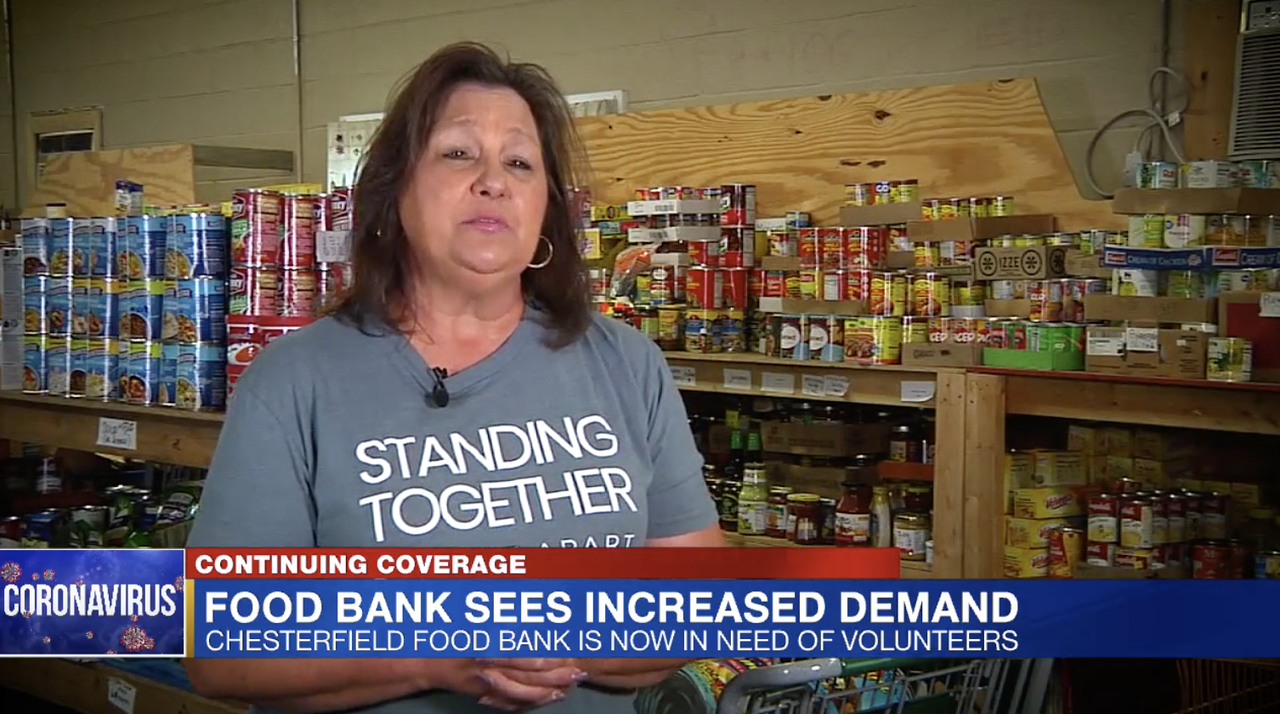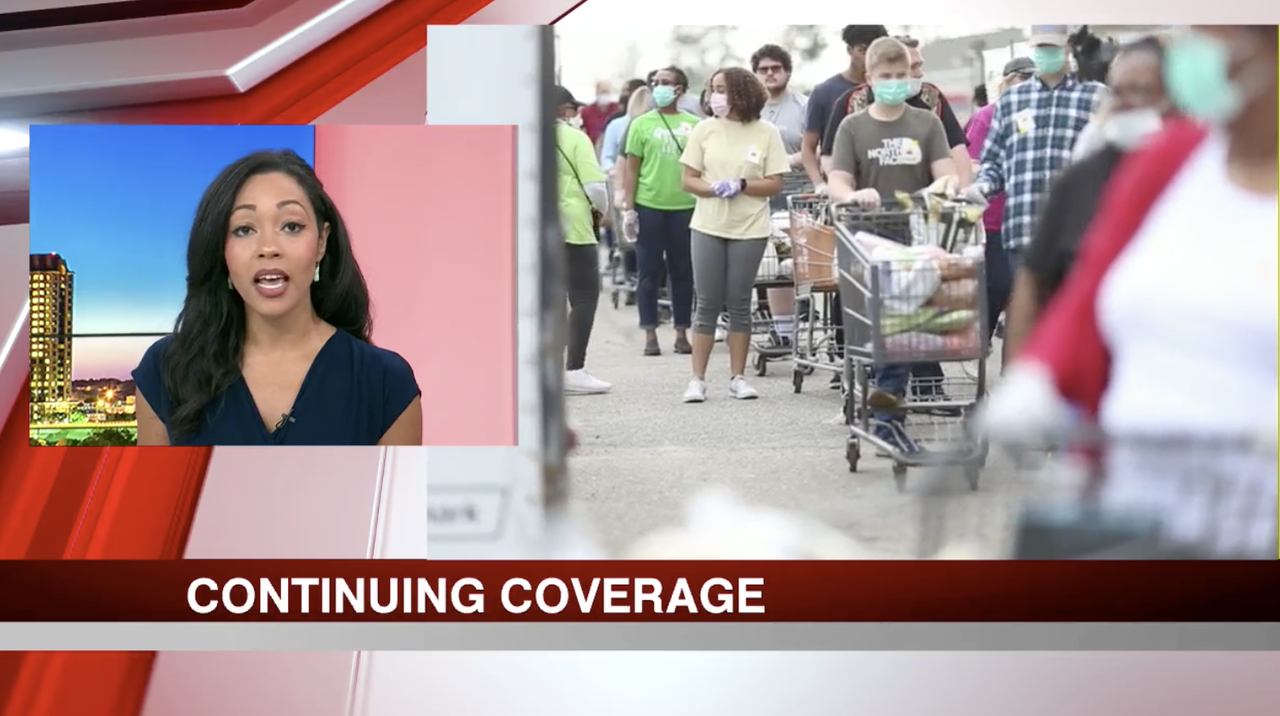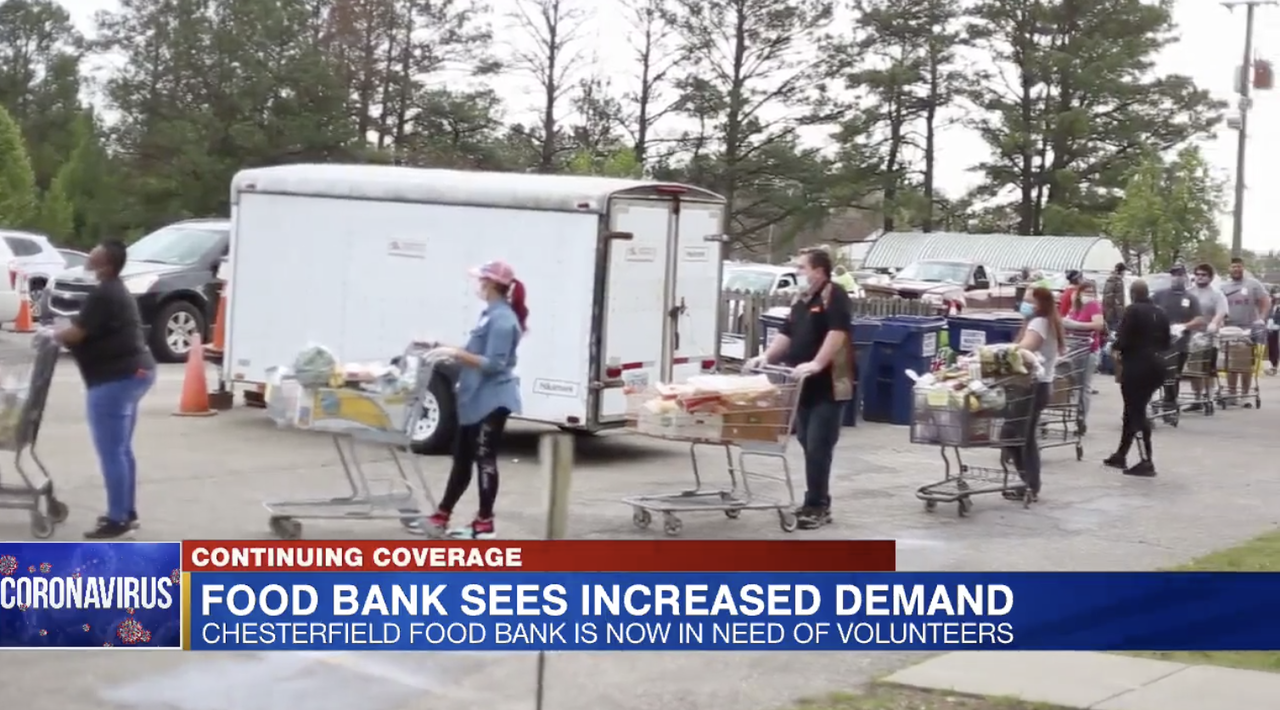As a result of the recent strong stimulatory policies employed by the US government and the Fed, most commentators are of the view that the risk of a deepening slump in the US economy on account of the COVID-19 pandemic has now receded.
Some other commentators are not so certain that the risk has declined, arguing that the economy is still heading towards difficult times ahead. These commentators are of the view that to prevent the possible economic difficulties ahead authorities should continue with easy fiscal and monetary policies until the economy safely placed on the trajectory of stable economic growth.
Most commentators are of the view that by failing to act swiftly authorities are running the risk of raising the cost of an economic slump in terms of idle or unutilized resources such as labor and capital.
This way of thinking is succinctly summarized by Ludwig von Mises,
Here, they say, are plants and farms whose capacity to produce is either not used at all or not to its full extent. Here are piles of unsalable commodities and hosts of unemployed workers. But here are also masses of people who would be lucky if they only could satisfy their wants more amply. All that is lacking is credit. Additional credit would enable the entrepreneurs to resume or to expand production. The unemployed would find jobs again and could buy the products. This reasoning seems plausible. Nonetheless it is utterly wrong.
Conventional thinking argues that boosting the overall demand for goods and services is going to strengthen the supply of these goods and services – demand creates supply.
However, why should an increase in the overall demand be followed by the increase in the production of goods and services? This requires a suitable production structure that is going to permit the increase in the production.
…click on the above link to read the rest of the article…






